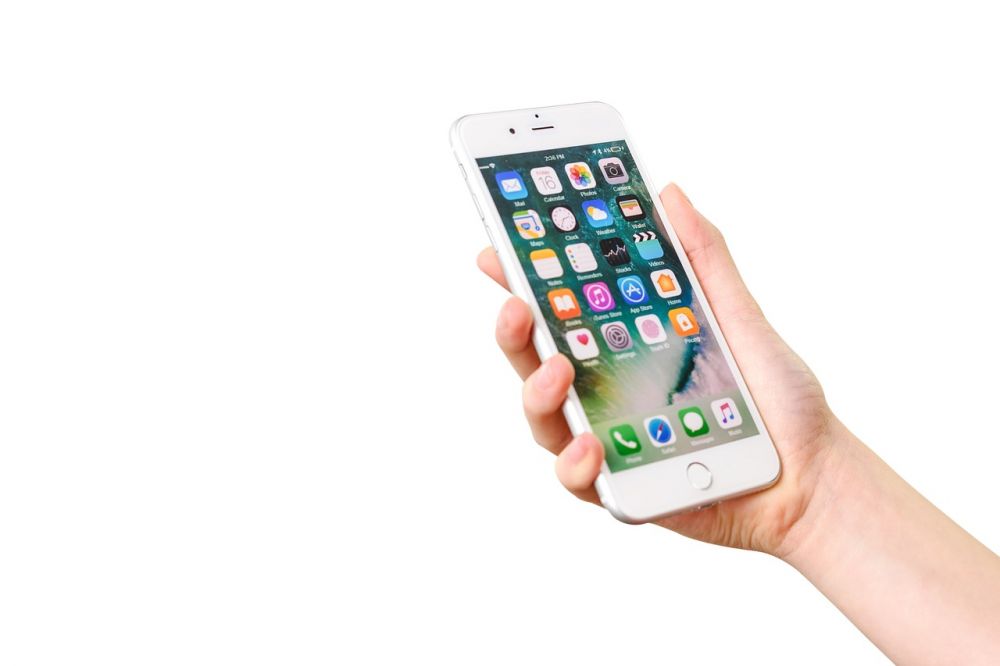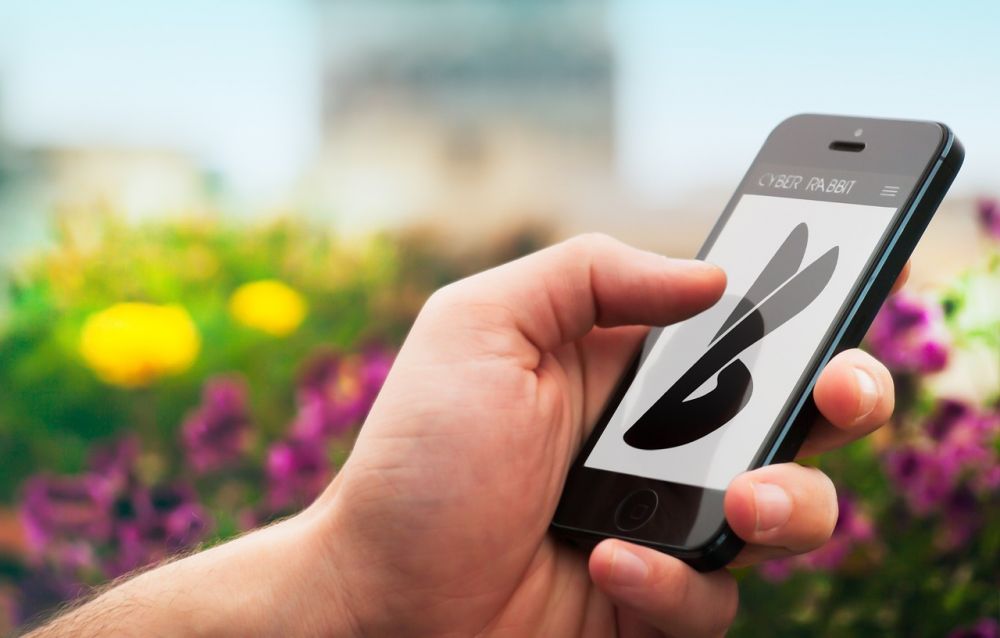Google Pay App: Making Payments Effortless and Secure

Introduction:
Google Pay App is a revolutionary digital wallet that has transformed the way we make payments. Built by one of the world’s leading technology companies, Google, this app has gained immense popularity and has become an essential tool for millions of users worldwide. In this article, we will explore the key features of Google Pay App, its historical development, and why it is crucial for tech enthusiasts to have this app on their smartphones.
What is Google Pay App and why is it important?

Google Pay App is a mobile payment platform that allows users to make fast and secure payments using their smartphones. It enables users to link their credit or debit cards, loyalty programs, and bank accounts to the app, providing a convenient and streamlined payment experience. With Google Pay, users can make payments in physical stores, online retailers, and even send or receive money from friends and family.
The importance of Google Pay App lies in its ability to simplify and enhance the payment process. By eliminating the need for physical cash or cards, users can make transactions quickly and efficiently. Moreover, Google Pay offers robust security features, such as tokenization, multi-factor authentication, and encryption, ensuring that users’ financial data remains safe and secure.
Historical Development of Google Pay App:
Google Pay App’s journey began back in 2011 when Google launched its first mobile payment platform, Google Wallet. Initially, Google Wallet focused primarily on peer-to-peer money transfers and in-store payments using near-field communication (NFC) technology.
Over time, Google recognized the need to expand its payment services and cater to a broader audience. In 2015, Google introduced Android Pay, which aimed to simplify mobile payments by leveraging NFC technology. This enabled users to make contactless payments by simply tapping their smartphones on compatible payment terminals.
In 2018, Google merged Google Wallet and Android Pay under a unified brand, thus giving birth to Google Pay App. This consolidation provided a seamless experience for users, allowing them to access all services under a single app.
Enhancing User Experience and Security:
Google Pay App has continuously evolved to meet the ever-changing needs of its users. One significant milestone in its development was the introduction of Google Pay Send, enabling users to send or receive money from friends and family without any additional fees. This feature has made splitting bills, repaying loans, and gifting money as easy as a few taps on the screen.
To further enhance security, Google Pay App implemented advanced tokenization technology, ensuring that users’ financial information is never stored on their devices or shared during transactions. This adds an extra layer of protection, reducing the risk of unauthorized access to sensitive data.
Moreover, Google Pay continues to expand its partnerships with major banks, retailers, and service providers, enabling users to enjoy various exclusive offers, discounts, and rewards. This helps to create a sense of loyalty and incentivizes users to choose Google Pay as their go-to payment method.
Google Pay App and its Impact on the Tech-Enthusiast Community:
For tech enthusiasts, Google Pay App opens up a world of possibilities. Its integration with Google Assistant allows users to make payments using voice commands, further simplifying the payment process. Additionally, Google Pay App supports integration with various wearables, such as smartwatches, making payments even more convenient.
Furthermore, Google Pay App’s compatibility with both Android and iOS devices ensures accessibility for a wide range of users. This inclusivity is crucial for tech enthusiasts who may use different devices but still want a seamless payment experience.
As a featured snippet for Google searc
Title: Discover the Power of Google Pay App: Revolutionizing Mobile Payments
Introduction:
– A brief overview of Google Pay App and its significance in revolutionizing mobile payments.
What is Google Pay App and why is it important?
– Explanation of Google Pay App’s features and how it simplifies payments.
– Discuss the importance of Google Pay App in terms of convenience and security.
Historical Development of Google Pay App:
– Description of the evolution from Google Wallet to Android Pay and eventual consolidation as Google Pay App.
Enhancing User Experience and Security:
– Explanation of the introduction of Google Pay Send and its impact on user-to-user transactions.
– Discussion of tokenization as a security measure and the benefits it offers.
Google Pay App and its Impact on the Tech-Enthusiast Community:
– Explanation of the integration of Google Pay App with Google Assistant and wearables.
– Emphasis on the app’s compatibility with both Android and iOS devices.
Conclusion:
– Summarize the importance of Google Pay App in the tech enthusiast community and its role in the future of mobile payments.





